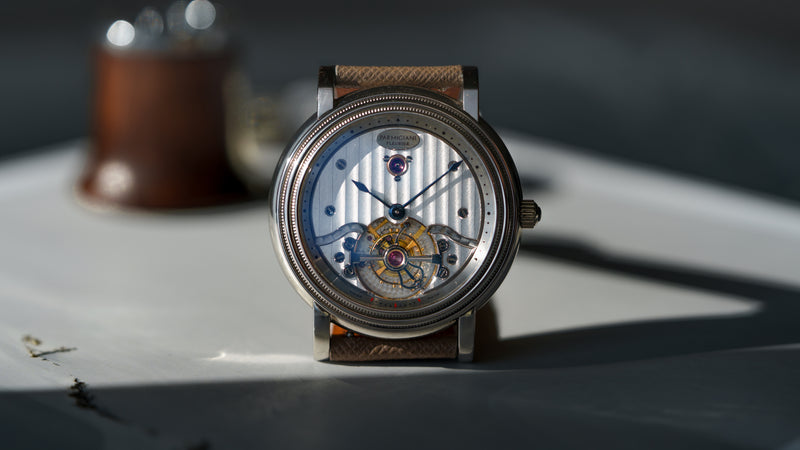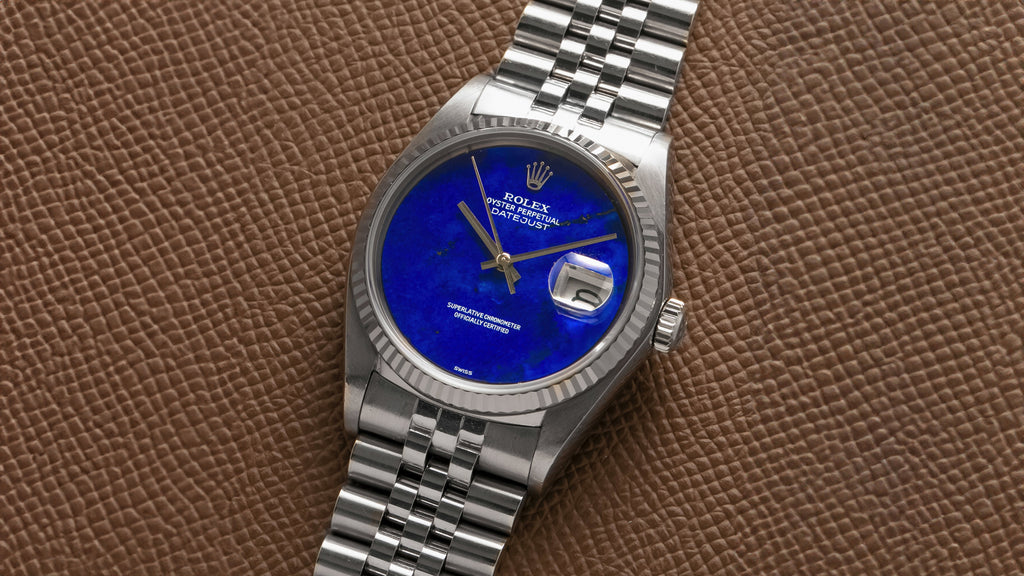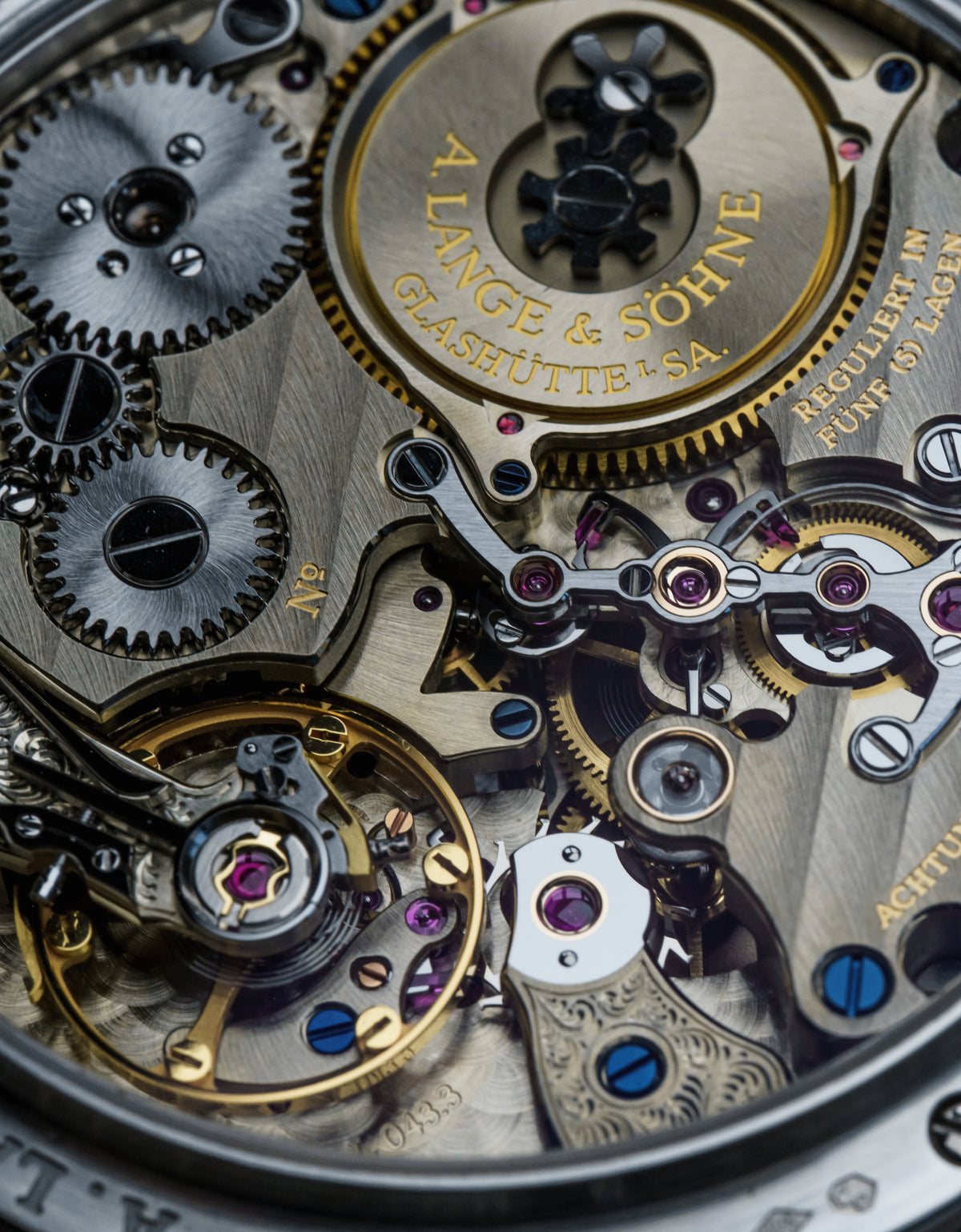A Well-Preserved 1016 Explorer I
I don’t even think it’s contentious for me to admit that I fundamentally distrust people who don’t love the 1016. An Alpinist for the affluent, the 1016’s humble can-do practicality and tritium dial prove irresistible in the long-term for the vast majority of watch collectors. Many Rolex devotees have a preference for fat font dials, a much rarer subset of Explorers. Others seek the warm tones of a brown tropical dial. I personally love them all. Even just a basic, well-preserved, base model.

The 1016 was introduced to the world in 1959. Like many period Rolex, it evolved in small changes throughout its production, which ran until 1989. There is nothing before or since that has so definitely influenced dial design, in my humble opinion. 3-6-9 cut its teeth in this reference. That harmonious arrangement may be one of the most legible numeral and baton mixes of all time. This is all not even to comment on the fact that Tenzing Norgay undoubtedly wore it to summit Everest, the first of two remarkable humans to do so in 1953. Sir Edmund Hiliary, well he may have. I don’t want to inflame any opinions here but the weight of the evidence seems to point toward a Smiths. I make no comment. What matters here is that this is the definitive, original flavor tool watch. Much like all metal music can trace its influence to the Led Zeppelin crowd, all steel tool watches stem from this source.

This example is strong in dial, less-than-ideal but presentable in case. The case is definitely polished but not to the extent that lugs are toothpicks or anything substantively egregious. The bracelet is correct, though not dated in posting. No service history is mentioned though the watch is said to be running well.
FInd this 1016 here from Vintage Watches Zermatt for 21100 USD.









































0 comments
Write a Comment